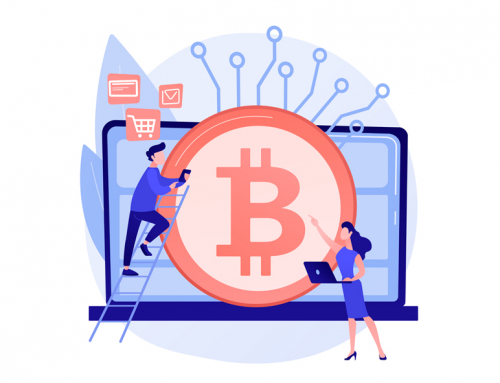Shopping malls, physical shops and all other analogue businesses, persist in the idea of controlling the minds and actions of their customers in a controlled environment. When we go to a shopping centre, for example, we allow ourselves to be influenced by the lights, the music, the atmosphere, the loss of concept of time, and of course, the possibility of seeing and touching the product. You also buy and take it with you. These are the charms of physical sales. It is very well studied and has many advantages.
This model has spent its low hours in recent months, by the COVID-19, but even so many companies have refused to make the leap to online sales. This is the case with PRIMARK, which prefers to wait for the shopping centres to return, whether it is staggered, interrupted or whatever. Their reasons will be. Perhaps online shops allow the customer the concept of coming and going, which is an ease of use and comparison that makes it possible to lose sales because of the impossibility of retaining a user in the sales environment long enough.
Shopping malls, however, give options: food, leisure, etc. you can spend more time and enjoy without having to buy, although in the end the data indicates that you buy. They have a cross-selling incorporated with shops of different types, something that online selling has had to improvise and incorporate. The potential of ‘retail’ in Spain after the pandemic: The Covid-19 has shown that the logistics structures of companies are not prepared for a massive upturn and that the physical shop has a future.
In this sense it is worth noting that the potential of retail and the physical shop are more than accredited. As an example, in 2019 twenty-seven new retailers opened their first shop in Spain. Among them are some pure players of ecommerce as Aliexpress or Hawkers, or the case of Ikea that have highlighted the importance of reinventing the formats of their shops. In addition, online retailers are opening physical shops and offline retailers are investing in online platforms to maximize their sales channels. For this reason, omnicanality continues to be one of the main trends to be consolidated and consumers will continue to opt for a combination of both purchase channels. Operators are now looking for the ideal space to be able to implement their omnicanal strategy and are mostly opting for shopping centres as their configuration and extension of space allows for this adaptation to be made in a more efficient and simple manner.
This strengthening of the physical shop is mainly due to the fact that e-commerce has not been able to fully satisfy the needs of consumers. More and more traders are promoting online order picking in physical shops to minimise margin losses due to home delivery, especially the last mile, which is associated with costs that are difficult to reduce and which cause margins to fall by between 5% and 8%.
The mixed model is presented as the new fashion, with all kinds of options, with precursors of one or the other in an absolute way (Amazon vs Primark) but with the majority reinforcing and inventing. Betting on marketing as a whole.






